Like any country, Uruguay has poets, authors, and artists who have helped shape aspects of Uruguayan culture. One of the millions of artists from this land is Silvina Arroyo.
An introduction to Silvina
Silvina Arroyo left URUGUAY in 1996 and has been living in Spain for 26 years, in Madrid, and also traveling the world.
Laura Viera A.: Silvina, I would love for you to tell people what you do?
Silvina Arroyo: Well, what I do.. I sing. I am a singer.
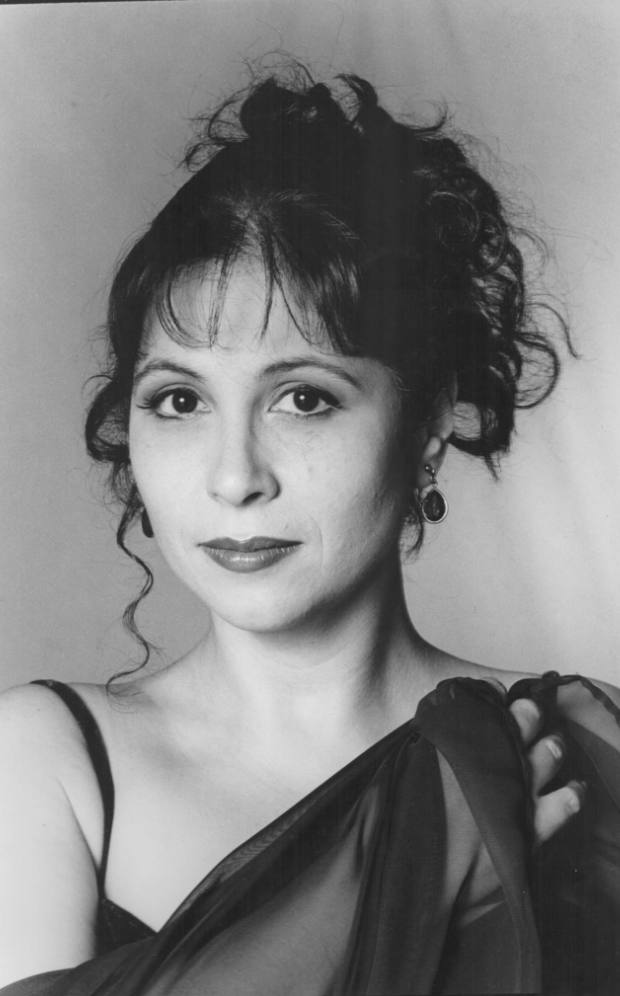
Laura Viera A.: And how long have you been singing?
Silvina Arroyo: Actually I started singing when I was very young, I always liked it, at home we used to sing a lot, and I always liked singing. I even had a family, the family of a schoolmate, where I would go 2×3 and sing for them and they would listen to me. They were my first audience when I was 11 years old.
At first, I sang and acted, then I went on to work with Álvaro unchain who is a very talented director and an Uruguayan author. With him, I did a play that was a very groundbreaking work because it had a very special proposal. I also worked with him in a musical, he used Tango themes with an incredible jazz band.
Laura Viera A.: You have to start somewhere, so how did your artistic career begin?
Silvina Arroyo: My artistic career began in that theater group of the Christian youth association. A very special group, very active where I think I learned the basics of what it is to be an art worker.
Laura Viera A.: What are you passionate about?
Silvina Arroyo: Well, I am passionate about many things… but I think where I feel best is on stage. I love to communicate, I love to transform myself physically, as well as my voice, as an instrument, as a vehicle for other things to manifest themselves. so, that’s where I feel best. that’s where I express all my emotions.
Arriving at the Opera
But Arroyo is a consecrated, dedicated singer, and although she has sung popular music, she is dedicated to lyric singing.
However, her love for the lyric world was not immediate. It was not at first sight. For her, lyrical singing was something very distant, she had many prejudices towards opera.

We must keep in mind that lyrical singing is the set of vocal techniques used to sing the repertoire of classical music or art music. Musica culta refers to musical traditions that involve advanced structural and theoretical considerations, as well as a written musical tradition.
The term derives from the lyre, an abacus-shaped plucked stringed instrument used to accompany the singer in contests in ancient Greece.
Likewise, lyrical singing is distinguished from popular singing by the tessitura (the area of the range of sounds of a given frequency that a human voice or a musical instrument is capable of emitting) and the vocal range of the singer. The lyric singer training is a conservatory career. It lasts approximately five to ten years and in many countries ends with an academic degree.
But, as you say, in a previous life, you practiced your first profession: literature teacher.
Laura Viera A.: How so, what happened there?
Silvina Arroyo: It was because of a very special situation, my mother was ill and I wanted her to see me with a finished career. So, I didn’t pursue singing but I pursued a career that I also liked very much, which is literature. I started singing and I was in Uruguay at Hogar Ungaro, which by chance had a neighbor who was a Hungarian and played the flute and one day he took me there and I started singing. Dedicating myself to singing came later, first I studied literature, I finished literature and before I finished I started doing theater.

Laura Viera A.: But how was the transition to opera?
Silvina Arroyo: Then I left the theater when I started to dedicate myself to opera and well, I also started to do productions in Uruguay. I have been wondering, I am a borderline person, because, between opera, musicals, concerts, theater, there is always a duality, in short: an artist. For me, the main thing is to be on stage. In Spain, I was in El hombre de La Mancha, the first one starring Paloma San Basilio and Pepe Sacristán. After that, we had a tour in America, and then I started to work in a theater company. With two friends, we did an extremely beautiful play. We won many prizes for the best children’s show. I toured for many years and when that stage was over I started to work with a friend who has a children’s opera company where I was for many years.
Silvina Arroyo: I think the first time I fell in love with opera was when I began to understand that in a small space of time you can transmit so much emotion, it is the most complete expression because in the theater you can transmit but in opera and in singing you can transmit it not only acting but also through sound. the sound moves deeply. and even more now that we are not used to singing live, no?
Uruguayan Art and carnaval
The history of the country in general and its musical culture, in particular, are marked by the European immigration that between the second half of the XIX century and the decade of the fifties of the XX century arrived in successive waves.

Most of the immigrants were Spanish (Galicians, Basques, Catalans, and Canarians), followed closely by Italians and a significant number of French, Germans, Armenians, Portuguese, British, Swiss, Russians, and Poles, among others.
This mixture of cultures was reflected in the music and from these influences, styles typical of these lands were developed, such as candombe, tango, milonga, mugra, and a diversity of musical fusions that are produced, listened to, and make up the richness of Uruguay’s musical offer.
According to Silvina, many times the artist is outside a whole system and that makes everything complicated and even difficult. But you have to keep in mind that those who are artists have a basic need to express themselves.
Laura Viera A.: Okay, and what is the easiest thing?
Silvina Arroyo: Being on stage. I enjoy it, I also enjoy my students, seeing them grow, seeing them meet each other.
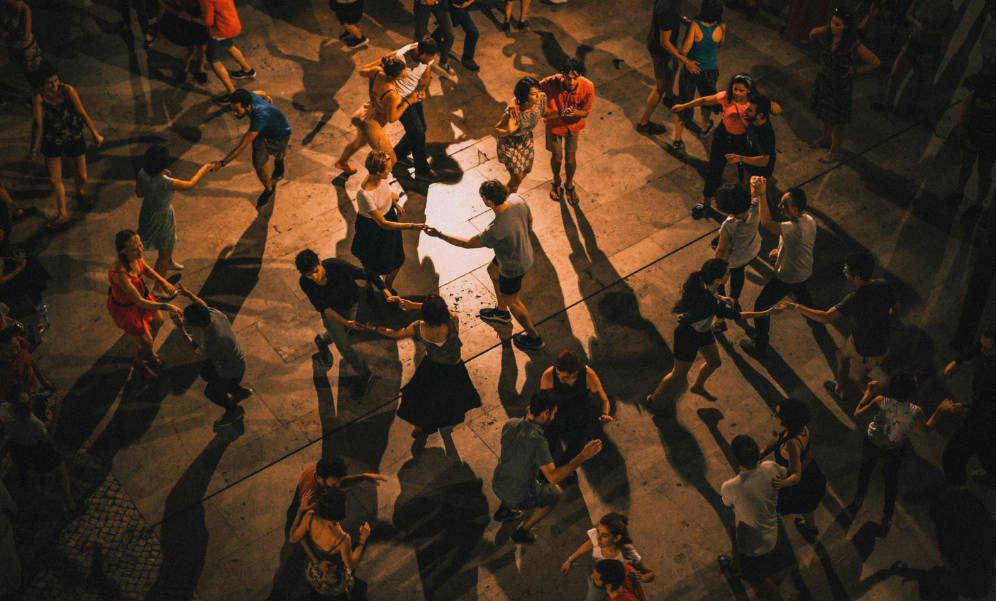
Laura Viera A.: Is there anything that you have been told that has had an impact on you?
Silvina Arroyo: A teacher with whom I took a master class used to say … you have to develop your talents, so you have a certain instrument and you have to give it to them.
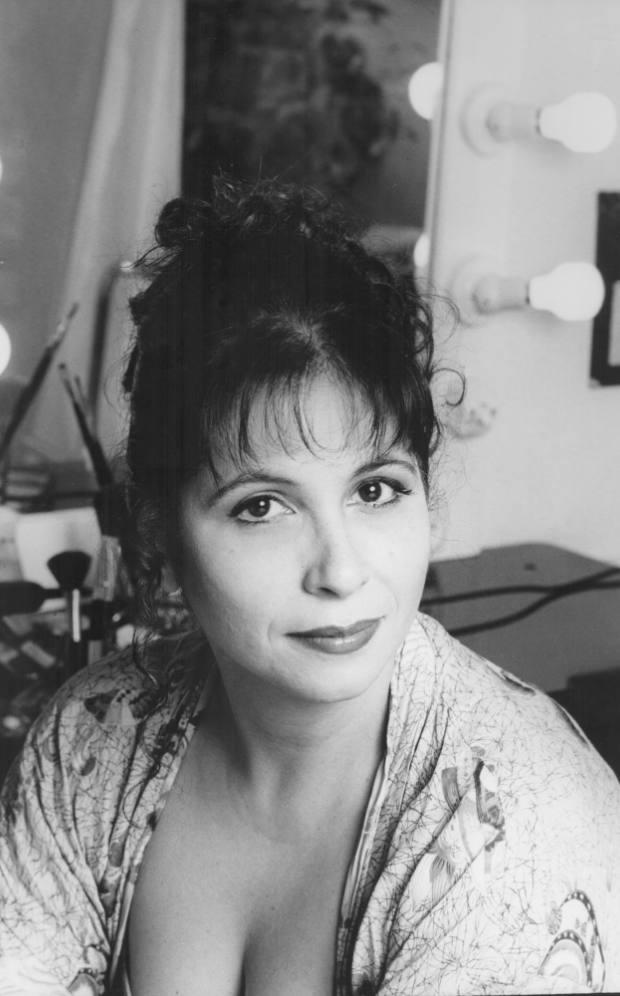
The Uruguayan Carnival is the longest carnival in the world. It starts at the end of January and continues until mid-March. During more than 50 days, in street parades and neighborhood stages, shows full of color and joy are displayed.
According to her, Uruguay is one of the countries with more cultural expressions. It is very enriching because of the most popular forms such as carnival.
An important thing that many times people do not know, they know that we are very soccer fans, but at the same time, more people go to the carnival than to soccer.
Laura Viera A.: How is the Uruguayan carnival-like?
Silvina Arroyo: It lasts a whole month and there are street stages that sometimes hold 2000, 3000 people and there are contests in the summer theater, that is very enriching. They are very complex forms, there are different groups, of humorists, parodists, the mugras, very rich really. I think that the Uruguayans do not realize the richness of it all. What happens is that it is a small country, with a small market…and sometimes you have to look outside, no?
Land of candombe, of murga, of tango; Uruguay is synonymous with musical fusion and cradle of hundreds of musicians of international prestige.
Laura Viera A.: and there are influences from all the arts?
Silvina Arroyo: There is a great influence of the theater, you have to see that… there is a lot of love for theater, for music, for all forms of art.
Art and people
Art has a great influence on society. This importance is produced by the value that people give it when discussing certain topics.
People have been artists since ancient times. From the Stone Age to the present day, we have created wonders.
Likewise, it has been proven that works of art produce reactions in human beings, and obviously, they can be both negative and positive.
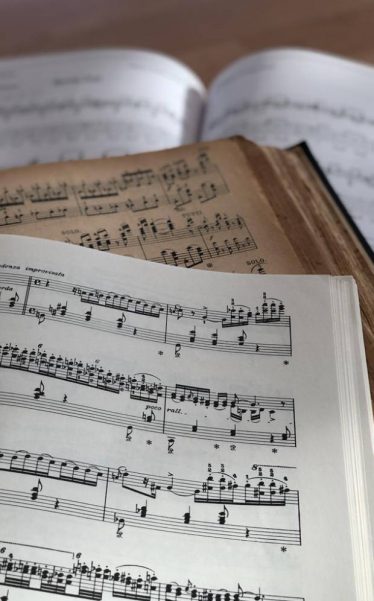
Laura Viera A.: How do you think art impacts people?
Silvina Arroyo: the soul has the need to express itself and when one hears that a person is moved because one has sung, I always say… I didn’t do it so bad. there are people crying, one reaches the heart.
On the other hand, melodies will always provoke emotions and memories. This happens because any kind of melody produces an increase of activity in certain brain areas, including the one that has to do with language.
Without realizing it, sometimes we look to music as a container for feelings that overwhelm us, a place where they can overflow freely without harming anyone. Other times to celebrate, to think, to study, etc.
Laura Viera A.: And the music, does it have a special impact?
Silvina Arroyo: If you sing it with your soul, it is like a bridge between one soul and another soul, for me that is art, it is communication, isn’t it?
Artist and Woman
Changing the subject completely, I decide it’s time to ask Silvina about art and women. I can’t miss the opportunity to touch on this subject with her.
Laura Viera A.: Is it difficult to be an artist and a woman?
Silvina Arroyo: I think that in general art is difficult. but as in all things in life, being a woman in this society as it has evolved is always more complicated. there is a greater demand, either from the physical point of view or from all the pressures that a woman can be subjected to.
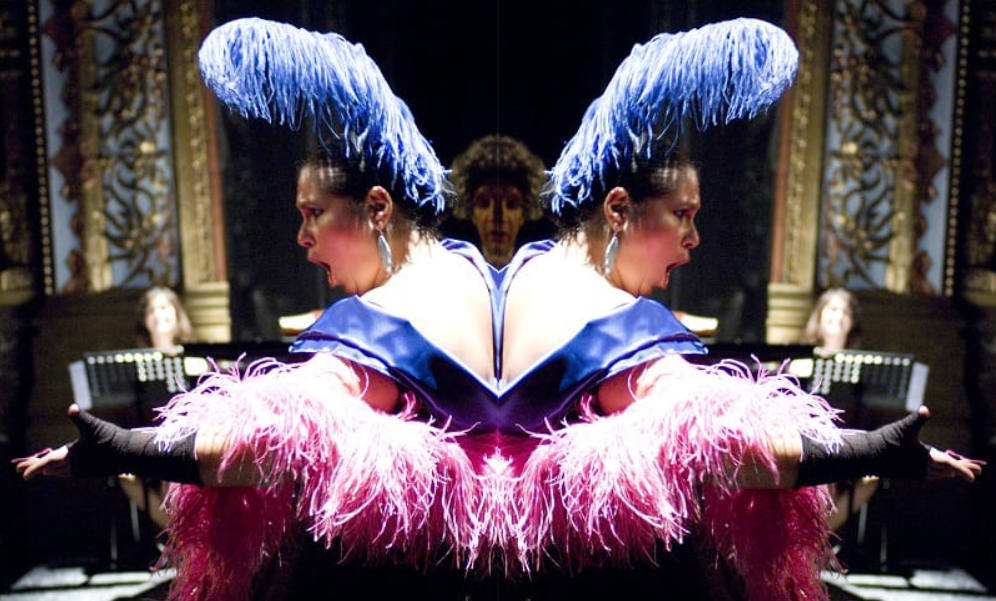
Laura Viera A.: Please explain this a little more…
Silvina Arroyo: For example, also the number of years, women have an expiration date. You know that the roles in the movies as well as in all facets of art always look for very young people. I think that at this moment where the perspective of life is so great, women are being condemned to many decades of non-existence and in the theater, we have the advantage that we can transform ourselves into whatever we want.
Laura Viera A.: Have you experienced that in any way?
Silvina Arroyo: For years I worked as a girl and I thank my friend Anoni for giving me that possibility and it was fantastic. The children saw me as a girl and I am big, I am tall and at that time I was fat. It was very nice and I think that this obsession to show people how to deny the power of transformation of the theater and in opera, the same thing happens. Butterfly is 15 years old and a singer who wants to sing the role has to have vocal maturity, psychological maturity to face the character. So, I think that being a woman is very difficult in the world, we cannot forget about countries where women occupy a lower place or are extremely persecuted.
Lessons from the art world
Laura Viera A.: tell me one of the lessons you have learned thanks to art?
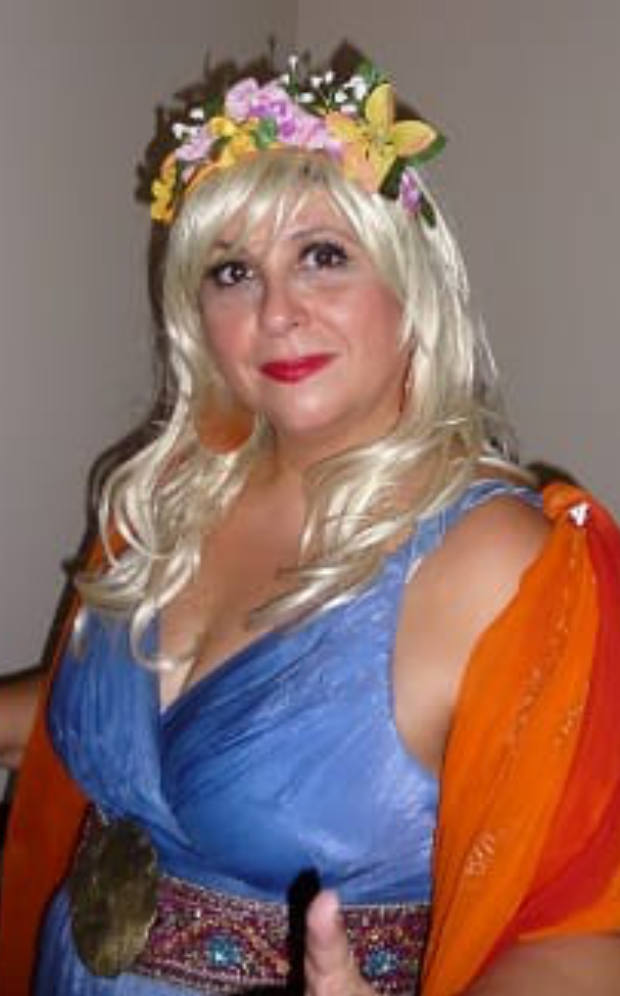
Silvina Arroyo: I think that being on stage is to be part of a team because the soundman is so important. Of course, one finds a great crew but if not it is very difficult because you put your instrument in their hands. Then, a soundman is as important as a set designer or as a costume designer. An individual is part of a whole, of a universe, where all the parts are extremely important.
Laura Viera A.: Tell me about how you started teaching?
Silvina Arroyo: At the same time I started to do a whole job as a teacher giving singing lessons, which is also enriching. It is very energetic to see the students finding each other.
Laura Viera A.: Let’s talk about inspiration… who has inspired you?
Silvina Arroyo: Well, I think that so many people have inspired me. I think that I have always tried to go looking for ways to the great artists. I think that I have always loved, I have always been fascinated by Calas. A singer that I have always liked very much, I think she has a subtlety, is Victoria de Los Angeles, the Spanish singer. And in life, I have also been inspired by my mother, my teacher, and at this point, she is a teacher, a friend.
Laura Viera A.: What makes you feel proud?
Silvina Arroyo: One of the things is that I have always been honest with myself. That creates conflicts or not being able to reach some goals. But, to have that coherence, sometimes one has to sacrifice.
Laura Viera A.: If you didn’t do this, what would you do?
Silvina Arroyo: I have done so many different things in my life. I don’t really know.

Laura Viera A.: Do you think communication is important?
Silvina Arroyo: Yes, absolutely. people need communication.
Laura Viera A.: What are you missing from Uruguay?
Silvina Arroyo: I think the only thing I really miss is affection, I really enjoy my country. I think my country at this moment is the world so that’s how it is.
Laura Viera A.: Going into the pandemic issue, how has it affected you personally?
Silvina Arroyo: As for the pandemic, obviously it has destroyed us all. The art sector has been terribly punished, it has been a domino effect. I hope that we can recover because people need art.
Well, after this pleasant chat with Silvina, I was more than satisfied to know that there is a great Latin artist representing lyric art in Europe.
With her, I reiterated that the musical notes “generate” energy. I reiterated that “loud music” is great for situations that demand energetic or competitive behavior.
The key, as this beautiful Uruguayan woman gave me to understand, is to find the rhythm that can favor us in each specific situation, so that we can take full advantage of it in our favor.


